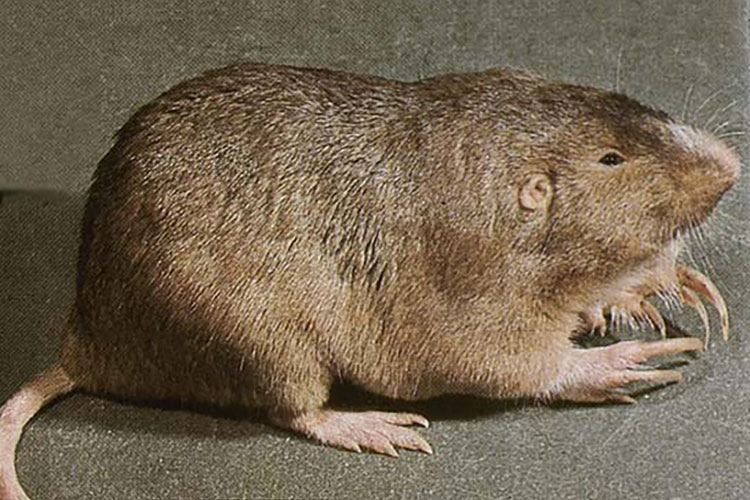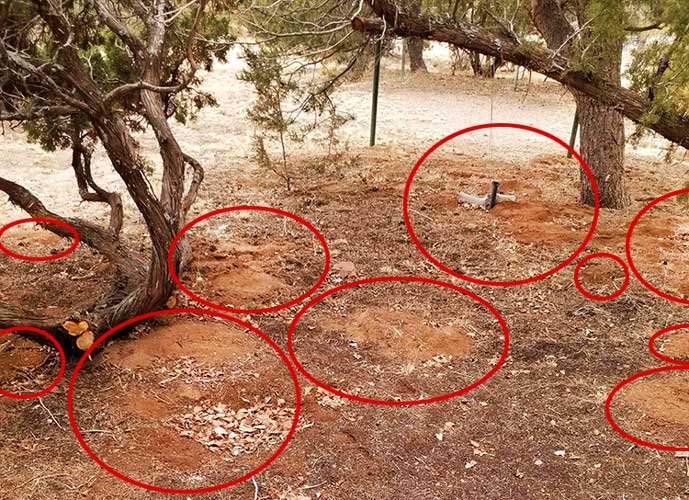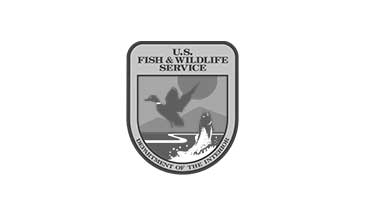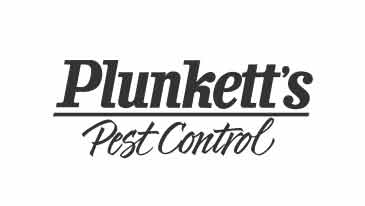Gopher Control & Identification

ABOUT GOPHERS
Common Name: Plains Pocket Gopher
Scientific Name: Geomys bursarius
To learn more about wildlife removal, take a look at our Wildlife Removal & Trapping page.
GET RID OF GOPHERS:
Trapping
Trapping is the best method of control for gophers. Varment Guard technicians use a variety of traps dependent on the conditions of the environment they are living. Traps are placed on the freshest mounds present. Probing the ground will help find the underground tunnels in which traps will be placed. Once the tunnels are found a 6”-8” plug of turf will be removed to access the tunnels to properly set traps. Once the traps are set the plug will be placed back over the area keeping the traps underground and safe from pets, children, and accidental trip hazard. Traps location are then marked with surveyor flags.
Fumigants
The Burrow RX machine can be used to place carbon monoxide in gopher burrows. It does this by running a small engine and the exhaust is directed into the gopher burrows with a hose. All holes are filled prior, keeping the gasses underground. Once the machine is shut off the gasses dissipate quickly with no harm to pets or people above ground. This is done in conjunction with trapping service to help assure all gophers are eliminated.
GOPHER BIOLOGY
- Adult body length (without tail): 9.5”-12”
- Adult body weight: up to 1lb
- Gestation period: 28-49 days
- Litters per year: 1 in northern climates, 2 in southern climates
- Litter size: 1-3
- Breeding season: March-May
- Birthing season: March- June
- Age at which young are weaned: 4 to 7 weeks
- Activity period: Day and night. Digging most active at night
- Range: 1-3 gophers per acre
- Primary foods: Fleshy, underground roots, bulbs, tubers, and fruits
GOPHER PEST DAMAGE
Gophers spend most of their time under ground tunneling and moving dirt. On average they will dig 1-3 new mounds per day, bring up 2 tons of dirt to the surface in a year. Mounds are crescent or kidney shaped consisting of fine dirt. Damage can be extensive to lawns and landscaping as gophers eat a variety grass roots, tubers, bulbs, and ornamental plants. Often these are pulled under ground into the burrows. Not to mention the burrows can be unsightly and difficult to mow around.







